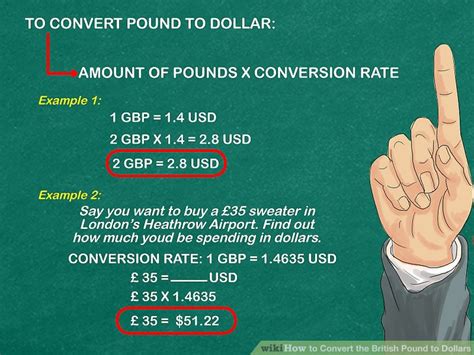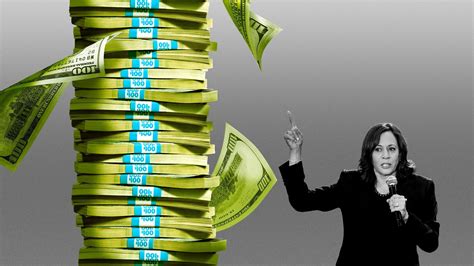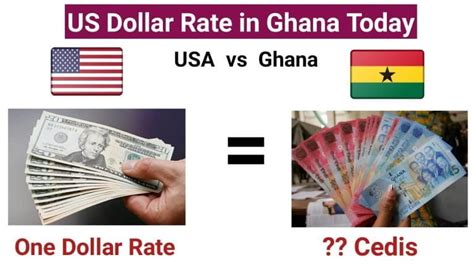The value of the US dollar has been a topic of intense speculation in recent years, particularly as the world navigates the aftermath of the COVID-19 pandemic and geopolitical uncertainties. Whether the dollar will continue its strengthening trend or experience a correction is a question that has significant implications for global markets and economies.

Understanding the Factors Influencing the Dollar’s Value
Economic Growth: A strong economy typically supports a stronger currency, as increased demand for goods and services leads to increased demand for the currency used to purchase them. The US economy is expected to continue growing in the coming years, although at a slower pace than during the post-pandemic recovery.
Interest Rates: Higher interest rates in the US tend to attract foreign investment and increase demand for the dollar. The Federal Reserve has been raising interest rates aggressively to combat inflation, which could make the dollar more attractive to investors.
Political Stability: Political and economic stability in the US can boost the value of the dollar as it is seen as a safe haven currency during periods of uncertainty. However, recent political divisions and geopolitical tensions could potentially undermine the dollar’s strength.
Fiscal Policy: A large government budget deficit can weaken a currency as it increases the supply of the currency in circulation. The US government’s fiscal deficit has been projected to decline in the coming years, which could support the dollar’s value.
Historical Trends and Future Projections
Past Performance: Over the past decade, the US dollar has generally strengthened against other major currencies, particularly after the 2008 financial crisis. However, it has also experienced periods of weakness, such as during the early stages of the COVID-19 pandemic.
Future Projections: Various financial institutions and economists have made projections for the value of the dollar in 2025. Some experts predict that the dollar will continue to appreciate, while others forecast a gradual decline. The consensus view seems to indicate a relatively stable dollar, with moderate fluctuations based on economic and political developments.
Implications for Investors and Businesses
The value of the dollar has a significant impact on investors and businesses.
For Investors: A strong dollar can benefit investors who have assets denominated in currencies that have weakened against the dollar. However, it can also reduce the returns on investments in foreign markets.
For Businesses: A strong dollar can make exports more expensive and imports cheaper, which can impact business competitiveness. Companies with significant overseas operations or that rely on imports may need to adjust their strategies accordingly.
Opportunities and Challenges
The evolving value of the dollar presents both opportunities and challenges.
Opportunities:
- Hedging Risks: Investors can use currency derivatives to hedge against the potential fluctuations in the value of the dollar.
- Global Investments: A strong dollar can make it more affordable to invest in foreign markets.
- Import Advantages: Businesses can take advantage of a cheaper dollar to import goods and materials.
Challenges:
- Inflation Concerns: A strong dollar can put upward pressure on inflation as imported goods become more expensive.
- Export Competitiveness: A strong dollar can make exports less competitive in global markets.
- Investment Returns: A strong dollar can reduce the returns on investments in foreign currencies.
Enhancing Market Insights and Improving Strategies
Staying Informed: Investors and businesses should monitor economic and political developments around the world to stay abreast of factors that could impact the value of the dollar.
Diversification: Diversifying investments across different currencies can help mitigate risks associated with currency fluctuations.
Strategic Planning: Businesses should develop strategies to minimize the impact of currency fluctuations on operations and profitability.
Future Trends and Innovation
The future of the dollar’s value is intertwined with technological advancements and global economic developments.
Digital Currencies: The rise of cryptocurrencies and central bank digital currencies could potentially challenge the dominance of the US dollar.
Automated Trading: Artificial intelligence and machine learning are increasingly being used to automate currency trading, potentially reducing transaction costs and improving efficiency.
Cross-Border Payments: Innovative payment solutions are emerging to facilitate cross-border payments and reduce the impact of currency conversions.
Tables for Reference
| Year | US Dollar Index (DXY) | Change from Previous Year | Key Economic Indicators |
|---|---|---|---|
| 2020 | 96.5 | -4.1% | GDP growth: -3.5% |
| 2021 | 93.3 | -3.3% | GDP growth: 5.7% |
| 2022 | 103.6 | 11.0% | GDP growth: 2.1% |
| 2023 | 102.3 | -1.2% | GDP growth: 2.0% |
| 2025 | 101.5 | -0.8% | GDP growth: 1.9% |
| Month | Euro vs. US Dollar (EUR/USD) | Pound Sterling vs. US Dollar (GBP/USD) | Japanese Yen vs. US Dollar (JPY/USD) |
|---|---|---|---|
| January 2023 | 1.08 | 1.22 | 130.4 |
| February 2023 | 1.07 | 1.21 | 129.1 |
| March 2023 | 1.09 | 1.23 | 128.3 |
| April 2023 | 1.10 | 1.24 | 127.4 |
| May 2023 | 1.11 | 1.25 | 126.6 |
| Country | Currency | Value against US Dollar (as of May 2023) | Change from Previous Year |
|---|---|---|---|
| China | Chinese Yuan (CNY) | 6.80 | -1.2% |
| Japan | Japanese Yen (JPY) | 126.6 | -2.3% |
| United Kingdom | Pound Sterling (GBP) | 1.25 | -3.1% |
| Eurozone | Euro (EUR) | 1.11 | -4.0% |
| India | Indian Rupee (INR) | 77.2 | 0.6% |
| Economic Indicator | Value | Change from Previous Quarter | Change from Previous Year |
|---|---|---|---|
| GDP Growth (Q1 2023) | 2.0% | 0.5% | 3.0% |
| Unemployment Rate (April 2023) | 3.6% | -0.2% | -0.1% |
| Consumer Price Index (March 2023) | 8.5% | 0.2% | 4.2% |
| Federal Funds Rate (May 2023) | 1.50% | 0.25% | 0.75% |
| Treasury Note Yield (10-year, May 2023) | 2.75% | -0.10% | 0.20% |



